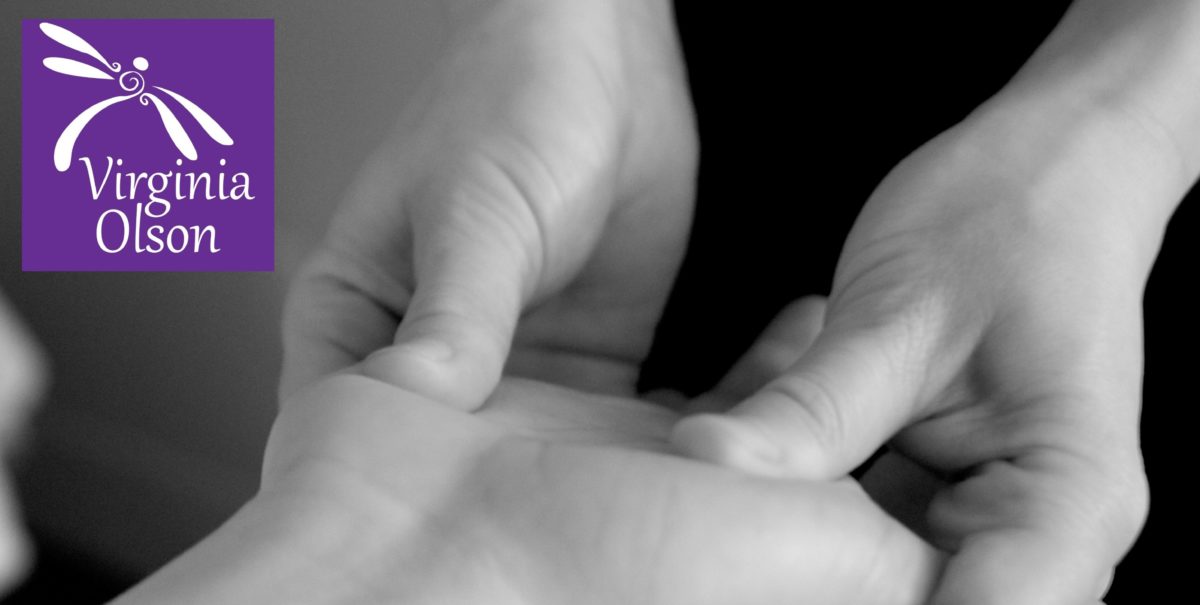“There is a Taoist story of an old farmer who had worked his crops for many years. One day his horse ran away. Upon hearing the news, his neighbors came to visit. “Such bad luck,” they said sympathetically. “May be,” the farmer replied. The next morning the horse returned, bringing with it three other wild horses. “How wonderful,” the neighbors exclaimed. “May be,” replied the old man. The following day, his son tried to ride one of the untamed horses, was thrown, and broke his leg. The neighbors again came to offer their sympathy on his misfortune. “May be,” answered the farmer. The day after, military officials came to the village to draft young men into the army. Seeing that the son’s leg was broken, they passed him by. The neighbors congratulated the farmer on how well things had turned out. “May be,” said the farmer.”
The point of this parable, of course, is that nothing is good or bad, but thinking makes it so. Things happen in life, but it is the story we attach to them that can bring us additional suffering, as was discussed in the previous entry. And emotional suffering (along with other factors, of course) can have an impact on the type and degree of pain we experience.
The idea that pain may have an in-organic cause is new to a lot of people. Sometimes the easiest way to understand it is that pain is often stress-related. Stress can be defined as wanting things to be different than they actually are. When we can’t be present with acceptance of what is, that creates a situation of stress which can lead to or exacerbate physical pain for many people.
David Morris concludes his article “Belief and Narrative” with this observation: “Knowledge of the complex ways in which cultural beliefs, values, and narratives shape pain is as important as the science of neurons and genetic markers. It constitutes a valuable resource for clinicians in a multicultural environment in which pain is the symptom that most often initiates the doctor-patient visit. It suggests that clinicians might help patients to enhance beneficial beliefs and to identify–and possibly alter–beliefs and narratives that seem to make their pain worse.”
What Morris seems to be suggesting is that the medical community’s current focus on the organic causes of pain, and attempts to quantify what is largely a subjective and emotional experience, limits what could be a more nuanced and holistic understanding of the experience of pain. Indeed, if the medical community has a focus on pain relief, it is most likely influenced by the fact that pain is what gets most people to the doctor. And, in addition, most people perceive the problem to be resolved when they are no longer in pain.
Of course, we can also add to that the prevailing belief that one must experience additional pain to resolve the earlier pain. But the reason the emotional factor is important is because to truly resolve an issue we must go to the root of the problem, to the source. Treating the surface symptoms doesn’t necessary resolve the core issue. Thus, problems are likely to recur, even with medical intervention, if the core issue as not been addressed.
I think what we’re really talking about here with pain is a paradigm shift with regard to how we approach pain…it’s not the pain that’s the problem, it’s our wanting to avoid the pain and get rid of it. If we can begin to view the experience of pain differently, as a message, we can begin a journey toward relating to our experiences in a new way. One of the keys is by shifting out of the dualistic mindset of either-or, good-bad, as the story teaches.
Read more online zen stories.
 There are very few certainties in life. When I was a kid, my dad was fond of saying, “Nothing is certain but death and taxes.” I always thought this was incredibly funny at the time. Now, I realize he was right. (Though some people manage to avoid both for quite some time.)
There are very few certainties in life. When I was a kid, my dad was fond of saying, “Nothing is certain but death and taxes.” I always thought this was incredibly funny at the time. Now, I realize he was right. (Though some people manage to avoid both for quite some time.)


